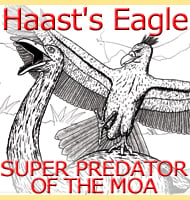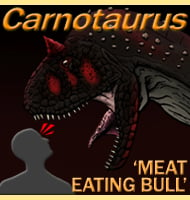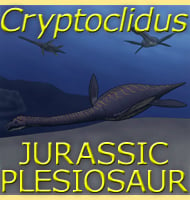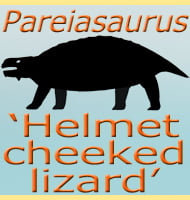In Depth
Brachyceratops is regarded as a highly dubious genus of ceratopsian dinosaur that may represent the juvenile form of another already named genus, and indeed one specimen of Brachyceratops (USNM 14765, a sub adult referred to the original five juveniles) has already been moved to the Rubeosaurus genus. This would normally raise speculation that Rubeosaurus might be a junior synonym to Brachyceratops since the former genus was named in 2010. However, because the five juveniles of Brachyceratops do not have any clearly identifiable features because these would not develop until adulthood, they cannot be held as being diagnostic of a genus. Therefore, not only can the Brachyceratops juveniles not have seniority over Rubeosaurus, but Brachyceratops has to be treated as a dubious genus because adults would look very different from them and could not be positively assigned. The only thing that can be said about Brachyceratops with confidence is that the genus belongs within the Centrosaurinae, the group of ceratopsians noted for having smaller neck frills but more developed horns.
Further Reading
- A new ceratopsian dinosaur from the Upper Cretaceous of Montana, with note on Hypacrosaurus - Smithsonian Miscellaneous Collections 63(3):1-10 - Charles Whitney Gilmore - 1914. - Brachyceratops, a ceratopsian dinosaur from the Two Medicine Formation of Montana, with notes on associated fossil reptiles - United States Geological Survey Professional Paper 103: 1-45 - Charles Whitney Gilmore - 1917. - The smallest known horned dinosaur, Brachyceratops. - Proceedings of the United States National Museum 61(3):1-4 - Charles Whitney Gilmore - 1922. - Ceratopsian dinosaurs from the Two Medicine Formation, Upper Cretaceous of Montana. - Proceedings of the United States National Museum 87(3066):1-18 - Charles Whitney Gilmore - 1939. - Craniofacial ontogeny in centrosaurine dinosaurs (Ornithischia: Ceratopsidae): taphonomic and behavioral implications. - Zoological Journal of the Linnean Society, 121: 293–337 - S. D. Sampson, M. J. Ryan & D. H. Tanke - 1997. - A Subadult Specimen of Rubeosaurus ovatus (Dinosauria: Ceratopsidae), with Observations on Other Ceratopsids from the Two Medicine Formation - PLoS ONE 6(8): e22710. doi:10.1371/journal.pone.0022710 - Andrew T. McDonald - 2011.







